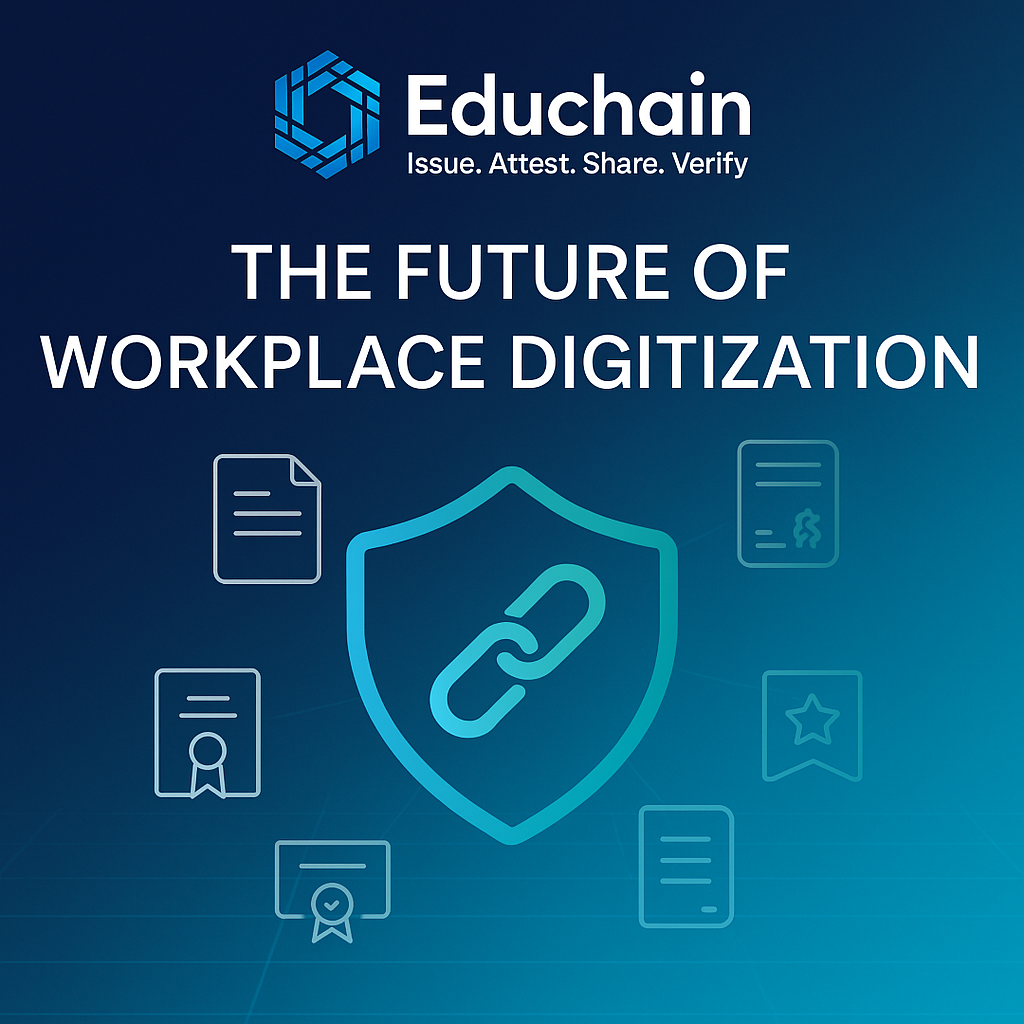
Gartner Identifies Critical GenAI Blind Spots That CIOs Must Urgently Address.
Gartner predicts that by 2030 these blind spots will be a company differentiator.
By 2030 These Blind Spots Will Create the Dividing Line Between Enterprises That Scale AI Safely and Strategically And Those That Become Locked In, Outpaced or Disrupted From Within
Gartner Inc., a business and technology insights company, identified critical blind spots stemming from overlooked risks and unintended consequences of generative AI (GenAI) adoption. Chief information officers (CIOs) must proactively address these hidden challenges to ensure GenAI value realization and avoid AI project failures.
“GenAI technologies and techniques are evolving at an unprecedented pace, matched only by the surrounding hype, which makes it challenging for CIOs to navigate this dynamic landscape,” said Arun Chandrasekaran, Distinguished VP Analyst at Gartner.
While organizations often focus on immediate GenAI challenges such as business value, security and data readiness, they may overlook critical blind spots because these are second- or third-order effects that are not often visible upfront. Risks like shadow AI, technical debt, skills erosion, data sovereignty demands, interoperability issues and vendor lock-in represent hidden undercurrents that can undermine long-term success.
Gartner predicts that by 2030 these blind spots will create the dividing line between enterprises that scale AI safely and strategically and those that become locked in, outpaced or disrupted from within.
To stay competitive and resilient, CIOs must tackle both visible challenges and hidden risks tied to GenAI adoption and prioritize addressing the following blind spots:
Explosion of Shadow AI
A Gartner survey of 302 cybersecurity leaders in March – May 2025 revealed that 69% of organizations suspect or have evidence that employees are using prohibited public GenAI.
The rapid adoption of unsanctioned AI tools can lead to both visible and invisible impacts such as IP loss, data exposure and increased security risks. Gartner predicts that by 2030 more than 40% of enterprises will experience security or compliance incidents linked to unauthorized shadow AI.
“To address these risks, CIOs should define clear enterprise-wide policies for AI tool usage, conduct regular audits for shadow AI activity and incorporate GenAI risk evaluation into their SaaS assessment processes,” said Chandrasekaran.
AI Technical Debt
Gartner predicts that by 2030, 50% of enterprises will face delayed AI upgrades and/or rising maintenance costs due to unmanaged GenAI technical debt.
“Enterprises are excited about GenAI’s speed of delivery. However, the punitively high cost of maintaining, fixing or replacing AI-generated artifacts such as code, content and design, can erode GenAI’s promised return on investments,” said Chandrasekaran. “By establishing clear standards for reviewing and documenting AI-generated assets and tracking technical debt metrics in IT dashboards, enterprises can take proactive steps to prevent costly disruptions.”
Rising Demand for Data and AI Sovereignty
Gartner predicts that by 2028, 65% of governments worldwide will introduce some technological sovereignty requirements to improve independence and protect from extraterritorial regulatory interference.
Regulatory constraints on cross-border data or model sharing can slow down enterprise-wide AI deployments, increase total cost of ownership (TCO) and result in suboptimal outcomes.
To address these challenges, CIOs must build data sovereignty into their AI strategies from the start by engaging legal and compliance teams early on and prioritize vendors who meet their data and AI sovereignty requirements.
Skills Erosion
Over-reliance on AI can erode critical human expertise, judgment and tacit knowledge that are not easily codified or replaceable. This erosion occurs gradually and often goes unnoticed, so CIOs may not recognize the risk until the enterprise struggles to function without AI or when AI fails in edge cases that require human intuition.
“To prevent the gradual loss of enterprise memory and capability, organizations should identify where human judgment and craftsmanship are essential, designing AI solutions to complement, not replace, these skills,” Chandrasekaran said.
Ecosystem Lock-In and Interoperability
Enterprises eager to harness GenAI’s potential at scale often choose a single vendor for speed and simplicity. This deep dependency can impact an enterprise’s technical agility and future negotiation power on pricing, terms or service levels.
Many CIOs underestimate how closely their data, models or workflows become tied to vendor-specific APIs, data lakes and platform tools.
“Prioritizing open standards, open APIs and modular architectures in AI stack design, help enterprises avoid vendor lock-ins,” said Chandrasekaran. “In addition, CIOs must make interoperability a standard in GenAI pilots and assessments.”
Gartner clients can read more in Generative AI’s Invisible Undercurrents: 10 Blind Spots CIOs Aren’t Watching but Should.
About Gartner AI Use Case Insights
Gartner AI Use Case Insights is an interactive tool that helps technology and business leaders efficiently discover, evaluate, and prioritize AI use cases to potentially pursue. Clients can search over 500 use cases (applications of AI in specific industries) and over 380 case studies (real world examples) based on industry, business function, and Gartner’s assessment of potential business value. Clients can access the interactive tool at https://tools.gartner.com/use-case-insights.
About Gartner for AI Leaders
Gartner for AI Leaders provides insights, guidance and tools to help heads of AI accelerate the implementation of enterprisewide AI initiatives and deliver measurable business value. Additional information is available at https://www.gartner.com/en/information-technology/products/gartner-for-ai-leaders.
Follow news and updates from Gartner for AI Leaders on X and LinkedIn using #GartnerAI. Visit the Gartner Newsroom for more information and insights.
About Gartner
Gartner (NYSE: IT) delivers actionable, objective business and technology insights that drive smarter decisions and stronger performance on an organization's mission-critical priorities. To learn more visit gartner.com.

 EN
EN AR
AR HI
HI ES
ES FR
FR DE
DE



.jpg)







